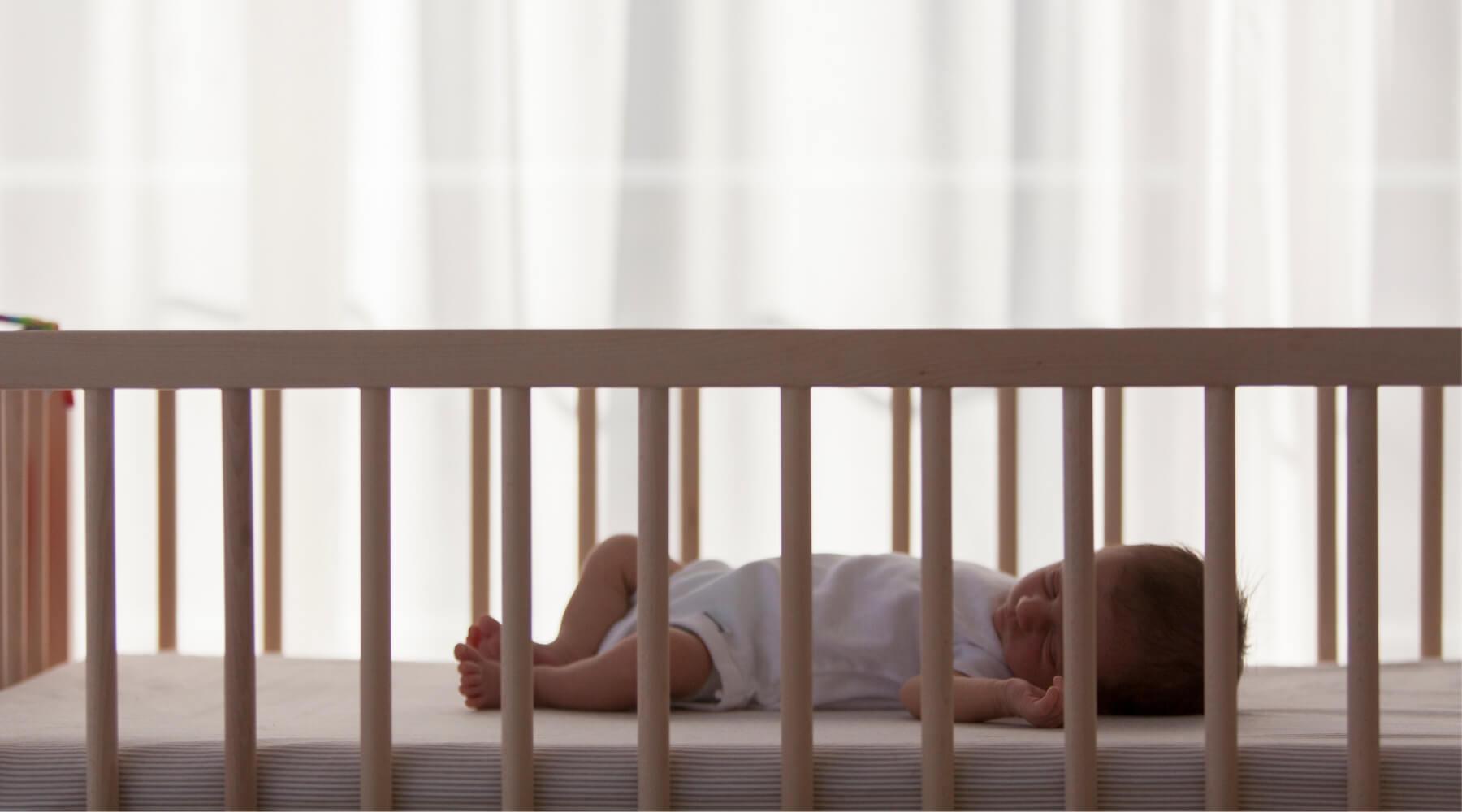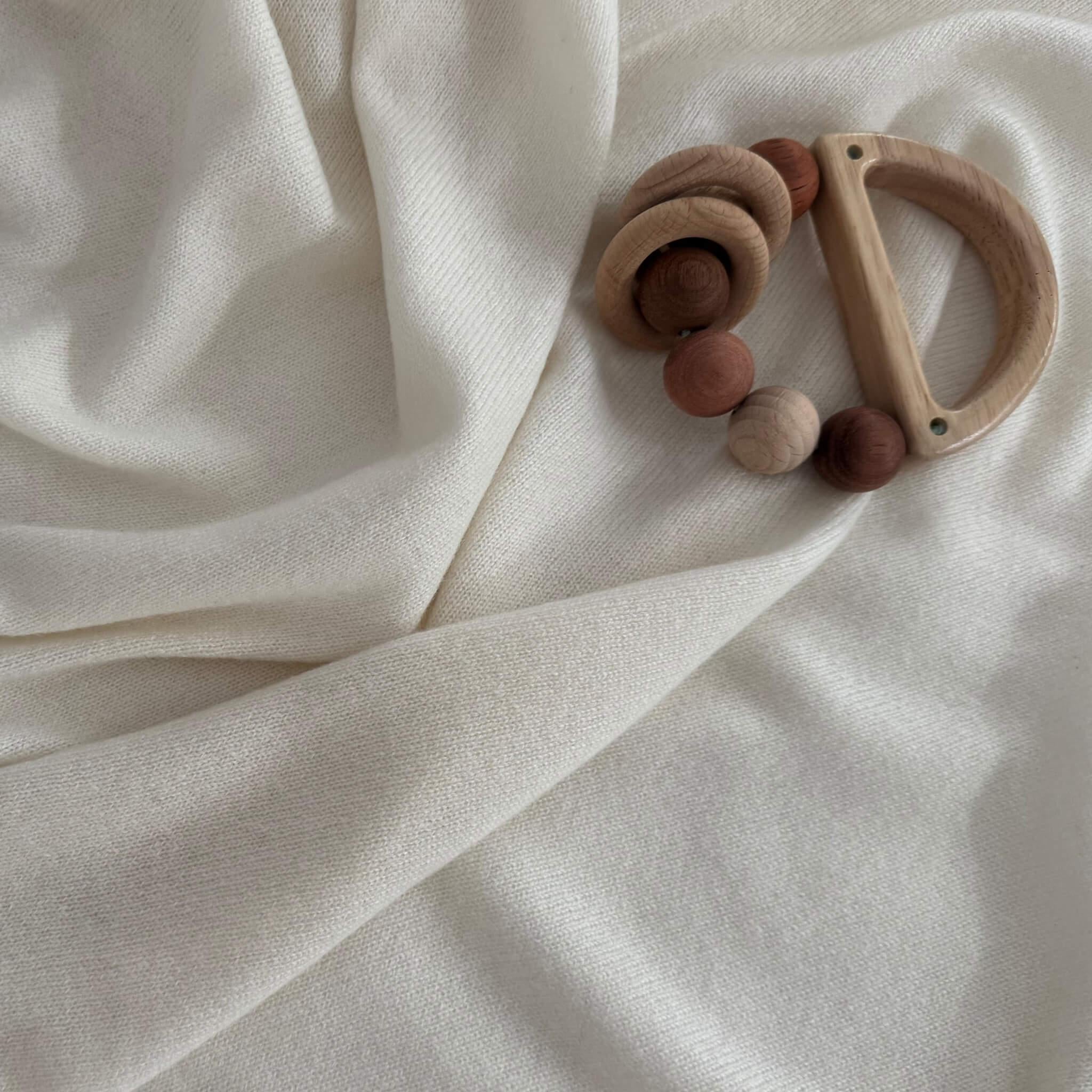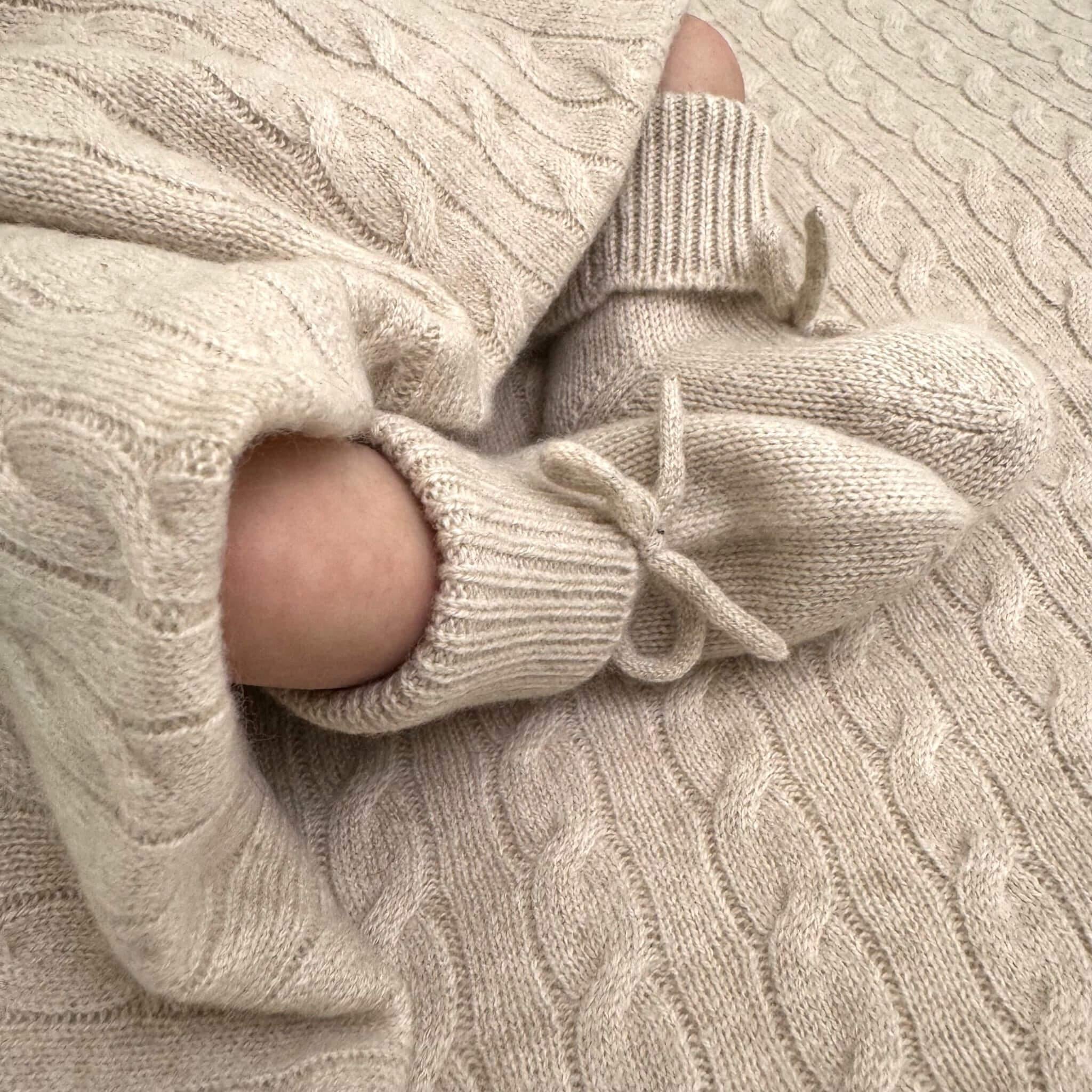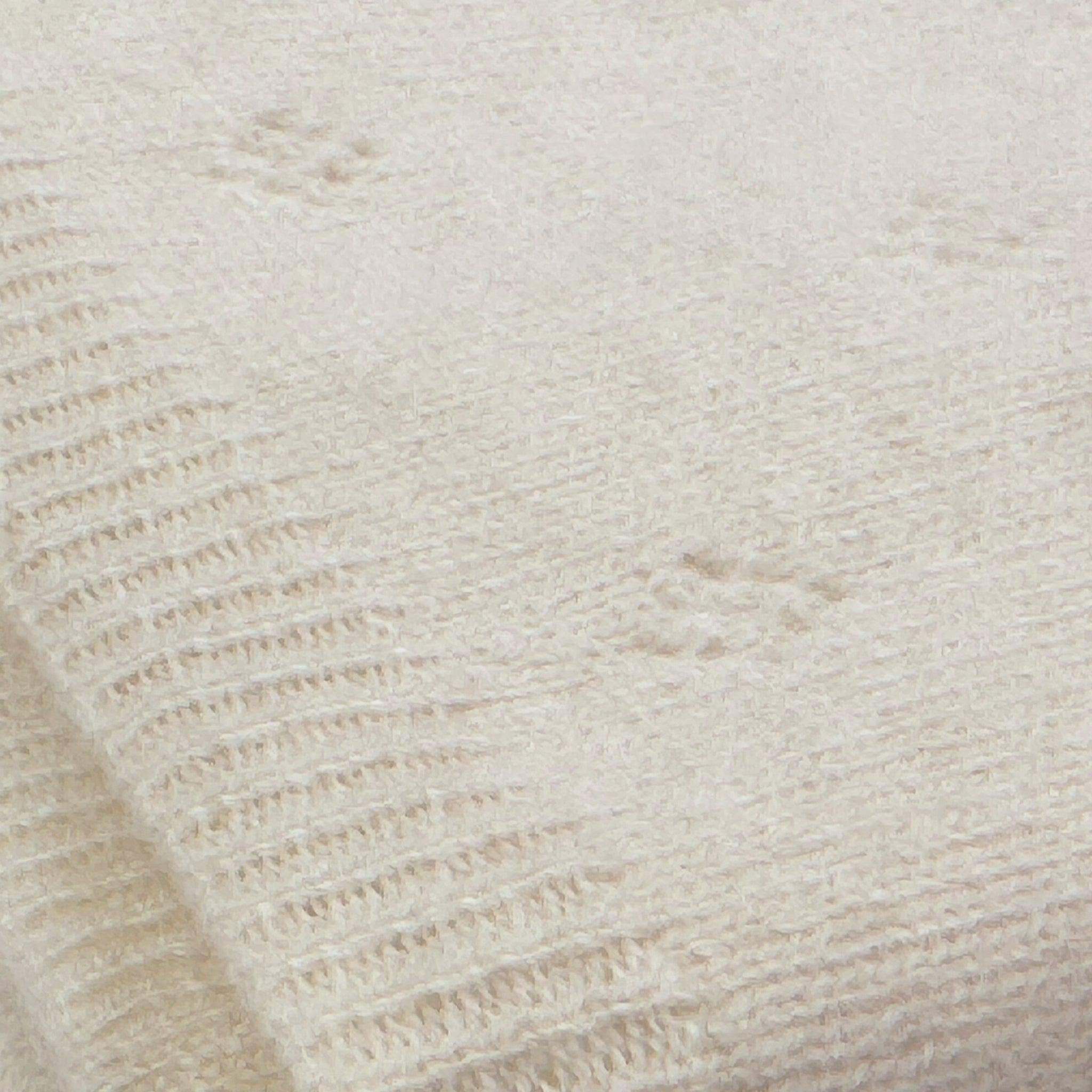
Baby Blankets and Safe Sleep Guidelines
Welcoming a new baby is a joyous occasion, filled with the excitement of choosing the right products to ensure their comfort and safety. Among the essential items for a newborn is the baby blanket, a staple in providing warmth and security. However, it's crucial to understand the guidelines for safe sleep to protect your little one.
Understanding Safe Sleep for Babies
 by Christian Bowen (https://unsplash.com/@chrishcush)
by Christian Bowen (https://unsplash.com/@chrishcush)
Creating a safe sleeping environment is vital for your baby's well-being. According to the American Academy of Pediatrics, babies should sleep on their backs, on a firm sleep surface, without any loose bedding or soft objects. This reduces the risk of Sudden Infant Death Syndrome (SIDS) and other sleep-related incidents. While baby blankets are delightful for cuddling, they should not be placed in the crib during sleep time.
The Role of Sleep Sacks in Safe Sleep
Sleep sacks, also known as wearable blankets, offer a safe alternative to traditional baby blankets. These products are designed to keep your baby warm without the risk of loose fabric. A sleep sack fits snugly around your baby's body, allowing their arms to move freely while ensuring their legs are covered. This eliminates the need for additional blankets in the crib, adhering to safe sleep guidelines.
The Intended Use of Baby Blankets
While baby blankets should be kept out of the crib, they still play an essential role outside of sleep time. Baby blankets provide comfort during cuddling, feeding, stroller rides, or tummy time. When selecting a baby blanket, prioritize those made from organic, eco-friendly materials. These blankets are free from harmful chemicals and dyes, making them safer for your baby and better for the planet.
By understanding and implementing these safe sleep practices, you can ensure your baby's safety and comfort. Whether you are a new parent or looking for the perfect gift, knowledge of safe sleep guidelines is invaluable.



